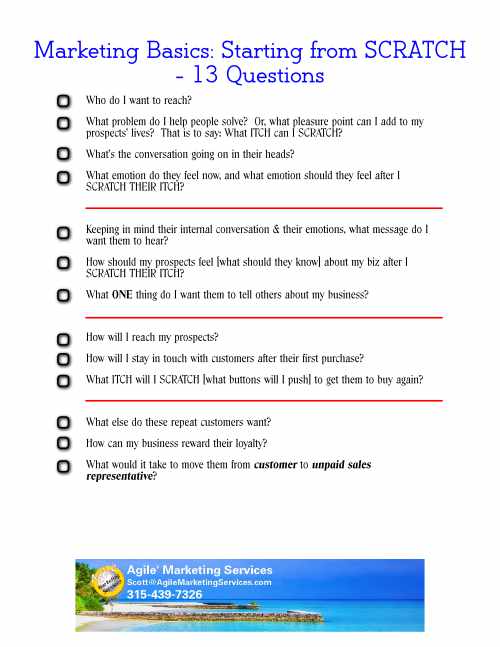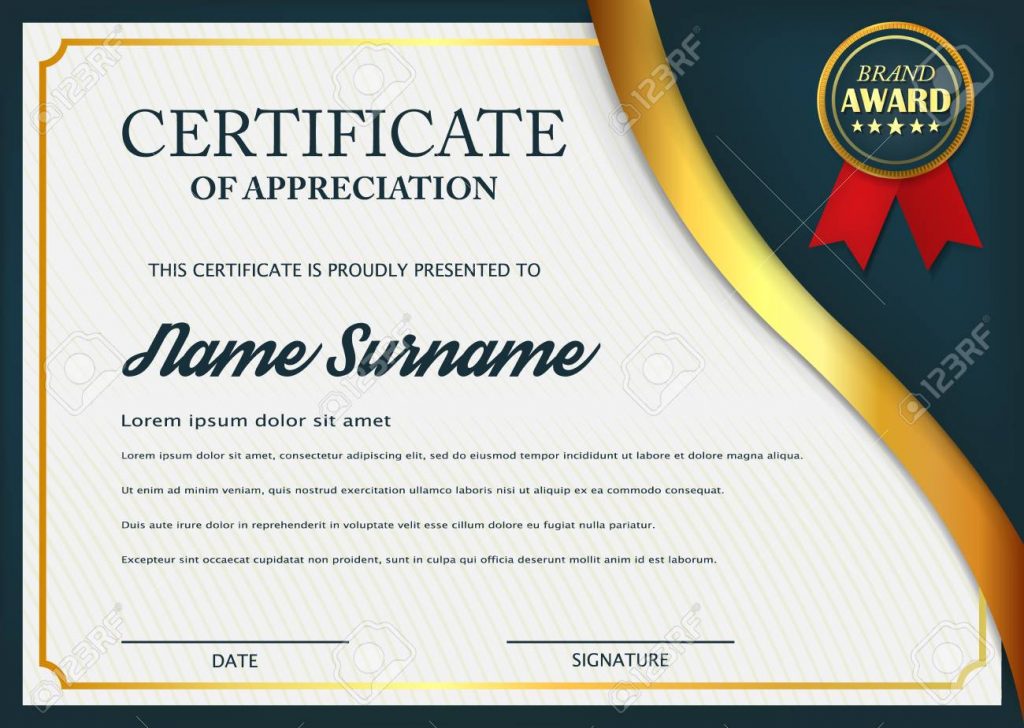The Merriam-Webster dictionary defines collaborate as: to work jointly with others or together especially in an intellectual endeavor. Personally, I’d modify that a bit. I’d add something like: working towards a common goal, with a shared reward.
LinkedIn Connections
Over the years, I’ve had a number of people wanting to connect on LinkedIn who use the word “collaborate.” As in: “I want to collaborate with you on X – let’s connect.” Now, I’ve messaged most of these people back, asking exactly what they meant by using that word.
Here’s my first complaint – I never heard back from most of those folks. Frankly, I never hear from most of the folks to whom I’m connected. Let’s be honest – most people who reach out to “connect” on LinkedIn are collectors; they simply want to be connected to an ever-increasing list of people. That is to say, they’re more interested in the list than the people on it. Those who are interested in the people they’re connected to, want to sell to their connections.
And that’s exactly what the people who get back to me say. When they use the word “collaborate,” they simply mean “sell to (me).” They’re not interested in whatever goals I may have, and they don’t actually want to work on something together. They simply want to sell their service or product to me, have me pay, and promptly disappear.
Most of the folks who have replied to my questions have no idea of what Agile’ does, or what I might need. This is EXACTLY like walking up to a stranger and asking them to marry you.
When I see the word “collaborate” in a connection request, I read it as “screw you over.” Because, in my experience with connecting requests, that’s what it means on my end. “Hi! Let’s connect – I want to screw you over.”
Photogs & Models
I have a friend who is a professional model. No, not a supermodel – just a regular Jane Doe who has a decent body and some makeup skills, and is happy to spend her days playing dress-up. For cash. I’m unhappy when I see the phrase, “I’d like to collaborate with you” – but not as unhappy as she is.
Basically, when a photog says that to her, it means something similar as it does to me, but much more dastardly. When they say “collaborate,” they mean they want to waste her time and talents, make her travel across the country on her own dime, treat her like dirt, and then not pay her anything. In the end, they get all the images, and she gets. . . [wait for it!]. . . the experience. Wow, you know what they say – after 15 years of working in my field, the one thing I need is unpaid experience!
Let’s Collaborate
So here’s what “collaborate” means when I use it: if Agile’ collaborates on a project with a client (or any other company, for that matter), we work together on a shared project, towards a shared goal. We share the risks and expenses – perhaps not equally, but equitably. After the results of the project are in, we share the fruits of our labor. For instance, we often get clients who are looking to increase their marketing list, increase the number of sales a customer makes or their average purchase amount, or even increase their profit margin. We often collaborate with clients on those jobs. If our efforts don’t move the needle, they don’t pay. If our efforts meet the goals we mutually set, then they pay a certain fee. That fee is usually based on ROI – the larger the return, the more they pay.
Agile’ offers a 100% satisfaction guarantee, and I prefer it if everyone we work with does the same thing. You’re happy, or you don’t pay.
If you have questions, reach out. Comments? Post ’em below!



